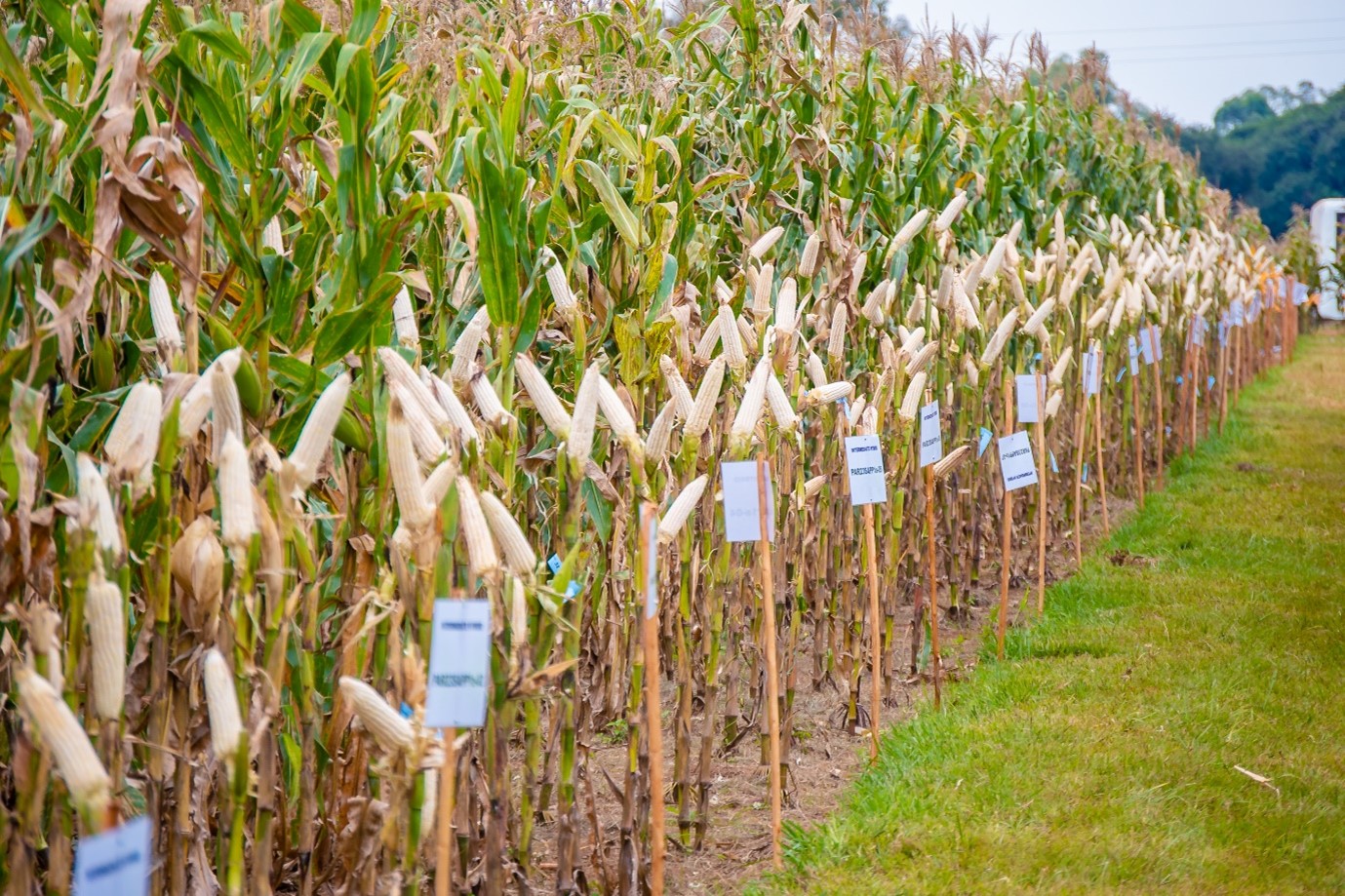
Farming is a diversified industry with a lot of parts, each having different challenges and opportunities. Market segmentation in farming refers to the division of the industry into distinct groups based on certain characteristics. This aids the enterprise in altering its strategies to meet the special needs of each group. This article looks at why agricultural market segmentation is important and shares ways to customize approaches in different parts.
I. Understanding Agricultural Market Segmentation
A. Definition and Purpose:
Market segmentation involves the division of a market into distinct groups with similar needs, behaviors, or characteristics. In agriculture, the importance of this approach is that the sector is diverse, with many people involved, such as farmers, suppliers, and consumers, who may have varying needs. The principal objective of all segregation, however, is to enhance marketing by developing partial concentration on selected groups with special plans.
B. Factors Influencing Segmentation:
1. Type of Crops: Variations are to be treated differently since the market needs and levels of growth differ. By type of crop segmentation, businesses give special products and services.
2. Geographic Location: There is considerable climatic, edaphic, and preferential variability among regions. Geographic segmentation enables the strategizing to take into consideration all the unique characteristics of a certain agricultural condition.
3. Size of Farming: Small, medium, and large farms vary in many needs and abilities. Knowledge of the size of the farm helps businesses develop appropriate products and services to match the size of their operations.
II. Strategies for Tailoring to Different Agricultural Sectors
A. Crop-Specific Strategies:
1. Precision Agriculture Technologies: Precision agriculture embodies technologies aimed at improving the yielding of crops. By understanding adjustment strategies for particular crops, such as grapes or tomatoes, for precision agriculture technologies, proper application and efficient use are achieved.
2. Crop-Specific Inputs: Fertilizers, pesticides, and seeds must be made for crops. By developing and selling inputs that match up to the requirements of each crop type, effectiveness is enhanced and helps the environment.
B. Regional Strategies:
1. Climate Adapted Products: Products like drought resistant seeds or cold-tolerant crops can be addressed to certain regions, which bear some specific climatic disadvantages. This trend fully respects the role of climate in agricultural productivity.
2. Local Marketing: Knowledge of the cultural and regional likings of farmers and consumers helps in creating marketing campaigns that relate to particular areas.
C. Farm Size Strategies:
1. Helping Small Farmers: Providing affordable solutions, learning programs, and money support for small farmers can create loyalty and encourage sustainable farming methods.
2. Big Efficiency Solutions: Advanced technologies and group buying options available for large farms contribute to better operations with lesser costs.
III. Case Studies of Successful Segmentation Strategies
A. Case Study 1: Precision Agriculture in the Midwest Corn Belt
This case study is one in which precision farming technologies aimed at the corn farmers of the Midwest were used. By tilling to protect the soil, keeping a correct eye on weather and crop rotation for this area, the yields went up with less harm to the environment.
B. Case Study 2: Geographic Segmentation in Organic Farming
An organic farming company employed geographic segmentation by tailoring its products to the different needs of farmers in specific areas. The approach yielded a larger market share and more satisfied customers a true testimonial to the effectiveness of localized strategies.
C. Case Study 3: Customized Inputs for Various Crops
An agricultural input supplier developed a range of fertilizers and pesticides for various crops. This helped in better performance of the products and also placed the company as the leader in the solution for particular crops.
Conclusion:
Agricultural market segmentation remains an important tool for those corporations willing to perform excellently in this constantly changing and diverse agriculture industry. Knowing the special needs of the different areas enables companies to change their plans and offer personalized solutions, enabling sustainability, efficiency, and profits. Successful examples show how important segmentation is in encouraging innovation and growth in the agriculture sector to help the entire industry become stronger and more successful.
Trending Posts

Global Silver Nanoparticles Market
The global silver nanoparticles market was valued at $2.08 billion in 2020, and is projected to reach $4.1 billion by 2027, growing at a CAGR of ~17%

LNG Bunkering – Here is something you must know!
In the current scenario of growing pollution, companies are trying to adapt more and more sustainable approach that not only gives eco-friendly result

The Basic Pension Comes - Federal Cabinet Decides On the Pension Supplement
Financial security in old age is an issue that is causing stomach pains for more and more people in Germany. Low-wage earners fear the elderly. The ba

The Future of Artificial Intelligence
In recent years, the field of artificial intelligence (AI) has witnessed unprecedented growth and transformative advancements. As AI technologies

Sailing into the future with Autonomous Ships
Autonomous Vehicles (AVs) are the uproar of this era. After airways, thanks to the companies like Tesla, that people are now getting used to see drive

Rising Demand For Uninterrupted Power Supply Is Expected To Drive The Power Rental Market
Todays world is totally reliant on electric power. There are many things which are not manageable without electricity. Power rental is a concept where

Rapidly growing IT industry coupled with the trend of bringing your own device (BYOD) is expected to provide new opportunities for growth of Cloud Collaboration
Cloud collaboration is the process of sharing and co-authoring the computer-based work through cloud technology

Factcheck on UV Disinfection for COVID-19
Many regulatory authorities and bodies believe that UV disinfection technologies can play a role in a multiple barrier approach to reducing the transm

Vaccination: Vaccination Against Measles is Now Mandatory in Germany
The subject of compulsory vaccination has always heated peoples minds and caused emotionally charged discussions. The latest law in this area - the ob

The Global Ventilator Market Grows at a CAGR of 7.75 %
The Global Ventilator Market, which was at $688 million in the year 2016, is about to double by the year 2025, and reach a value of $1,347 million. Th
Recent Posts

The Global Buy Now Pay Later (BNPL) Market: Growth and Opportunities
The global Buy Now Pay Later (BNPL) market has emerged as a revolutionary financial solution, transforming how consumers approach shopping and payments. Offering flexibility and convenience, BNPL allows consumers to make purchases and pay.

Global Motorhome Market: Growth and Forecast
The motorhome market has gained significant momentum over the past decade, driven by rising interest in outdoor tourism, evolving consumer lifestyles, and advancements in vehicle design and technology. As a preferred option for travelers seeking.

The Global Poppy Seed Market: Growth and Trends
Poppy seeds, derived from the opium poppy plant (Papaver somniferum), have been a vital component in global culinary, pharmaceutical, and personal care industries for centuries. The global poppy seed market is gaining traction due to its versatility.

Global Plant Breeding and CRISPR Plants Market
The global food industry is facing immense pressure due to rising population levels, diminishing arable land, and the impact of climate change. Innovations in plant breeding, particularly the use of CRISPR technology, are reshaping the agricultural .

Global Pheromones Market – Trends, Opportunities, and Forecast
The global pheromones market has witnessed significant growth, primarily driven by the rising demand for eco-friendly pest control solutions in agriculture. Pheromones, natural chemicals emitted by insects and other organisms to communicate.

The Role of Technology in Oil and Gas Risk Management
In an industry as dynamic and complex as oil and gas, risk management is crucial for ensuring operational efficiency, regulatory compliance, and safety. Risk management software has become an indispensable tool for companies in this sector.

Global Smart Grid Sensors Market
The global energy landscape is undergoing a significant transformation, with smart grid technologies at the forefront. Smart grid sensors, a critical component of modern energy grids, enable efficient monitoring, energy distribution.

Global Photovoltaic Glass Market Research Report
The global photovoltaic (PV) glass market is experiencing unprecedented growth, driven by the accelerating shift towards renewable energy and the integration of sustainable materials in construction. This report delves into the market’s key growth.

Exploring the Growth of the Global Micro Solar Inverter Market
The Global Micro Solar Inverter Market is forecasted to expand significantly, growing from an estimated value of USD 4.8 billion in 2024 to USD 14.6 billion by 2030, with a CAGR of 24.2%. This growth reflects increased adoption of solar energy system

Global Grow Tents Market: Growth, Trends, and Forecast
The global grow tents market has witnessed substantial growth in recent years, driven by the increasing adoption of indoor farming techniques, the rise in demand for organic produce.
